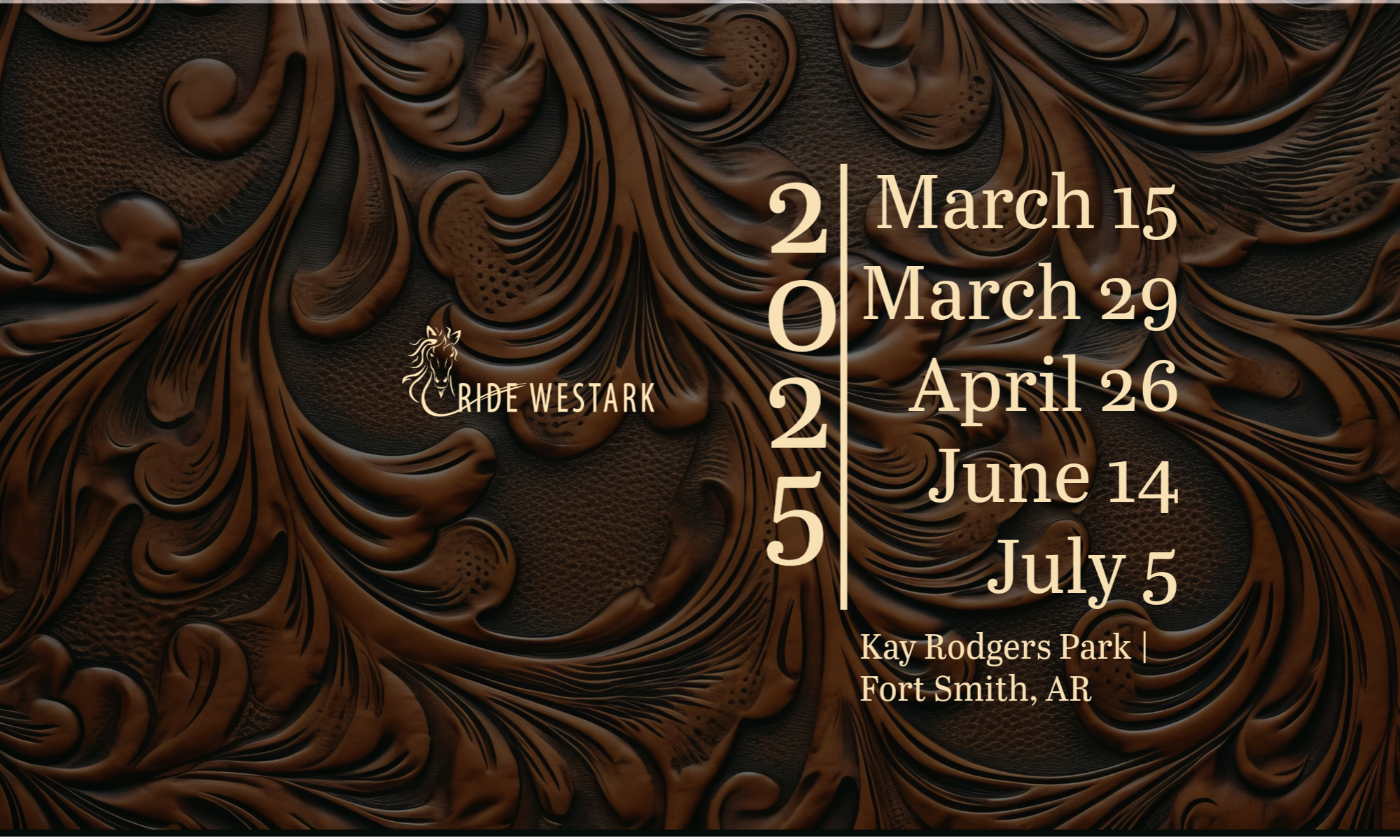Ranch Sign Class (Stock Horse Pleasure)
Stock Horse Pleasure serves to measure the ability of the horse to be functional and a pleasure to ride while being used as a means of conveyance from one task to another. This horse should be well-broke, relaxed, quiet, soft and cadenced at all gaits.
The horse should be ridden on a relatively loose rein with light contact and without requiring undue restraint. Excessively long floppy reins will not be given extra credit. The horse should be responsive to the rider and make all required transitions smoothly, timely and correctly. The horse should be soft in the bridle and yield to contact.
Horses shall be shown individually at the walk, trot and lope in both directions. The walk, trot and lope will be extended in one direction only.
The class should be conducted inside of an arena. An arena provides good footing for stops in the pattern. The pattern may be started either to the right or left direction.
The order of gaits shall never vary and shall be as follows. Individual Markers shall be setup to designate gait changes. When establishing or setting up markers, the following distances are recommended. These distances will make for a more fluid class to be exhibited and facilitate ease in judging. In smaller arenas, it may be necessary to adjust the course but distances should remain proportional.
- Extended Walk – 75 feet
- Trot – 120 feet
- Extended Trot – 240 feet
- Lope – 150 feet
- Stop and Reverse
- Ordinary Walk – 30 feet
- Lope – 150 feet
- Extended Lope – 200 feet
- Trot – 90 feet
- Stop and Back
At the preference of the rider, the extended trot may be ridden with the rider posting, sitting or standing in the stirrups, to the front of the saddle. Holding the saddle horn is permissible at the extended trot only. Preference should not be given by the judge for any method of showing, as emphasis should be on the
performance of the horse and how effective the horse is at actually extending the trot and the mannerisms and responsiveness to the rider.
Description of Ideal Stock Horse Pleasure Gaits
The ideal pleasure horse will have a level head carriage at each gait – neither too high nor too low.
- Ordinary Walk – A stock horse pleasure walk should be straight, square, flat footed, relaxed and should move out freely with no anticipation to
move to the next gait. - Extended Walk – A stock horse pleasure walk should be straight, square flat footed, relaxed and should move out freely with horse looking ahead, The extended walk should show more length of stride than the ordinary walk.
- Trot – This gait should be a square two-beat diagonal trot. The trot should be steady, soft and slow enough for riding long distances. Trots which are rough and hard to sit should be penalized. Excessively slow and uncadenced trots should also be penalized.
- Extended Trot – The extended trot should show an evident lengthening of stride from the regular trot with the same cadence that will cause an increase in speed. This trot should be level, flat and steady with the appearance that the horse would hold this gait for an extended distance.
- Lope – This gait should be a three beat gait that is cadenced, straight and steady and is comfortable to ride over long distances.
- Extended Lope – This gait should be an obvious lengthening of stride from the previous lope, be at the same cadence and cause an increase in speed. The gait needs to be steady, quiet, and holding the increased speed while being under control.
- Stop (from both lope and trot) – The horse should be in the correct stopping position – both hocks engaged and stopping on the hindquarters.
- Reverse – A horse should turn briskly and flat with front feet on the ground and holding an inside rear pivot foot.
Cues and Transitions
There is no advantage to making these transitions with cues that are imperceptible to a judge. Judges expect to see horses that been trained to respond to cues. To see these cues applied discretely and the horse responding correctly could be a credit earning situation.
Transitions should be smooth without undue fuss from the horse.
A horse may be taken back (collected) a bit from the extended trot as the horse moves into the lope.
The transition from the extended lope down to the trot is very difficult to achieve, however, a good stock horse will have to make this transition several times during a day’s work. This transition is down to the normal or sitting trot not the extended trot. Therefore, an extra cue to achieve this gait is expected. Horses that complete this total transition within three strides calmly and obediently should be rewarded. Horses that bring the hocks together to go into a stopping position should be penalized according to the magnitude of the error.
Scoring
Each gait, including transitions toward that gait, will be scored from 1-10. There will be 5 scores in each direction for a total of 10 scores and a maximum of 100 points for each horse’s work. The following scoring guidelines will be used:
- Score of 1-4 Points: Major faults such as wrong lead, broken gait, lack of control, very poor quality of gait, failure to perform requested gait.
- Score of 5-7 Points: Average quality of movement of gaits and transitions with minor or no faults
- Score of 8-10 Points: High quality mover that is functionally correct in gaits and transitions. Horse is well mannered and responsive.
